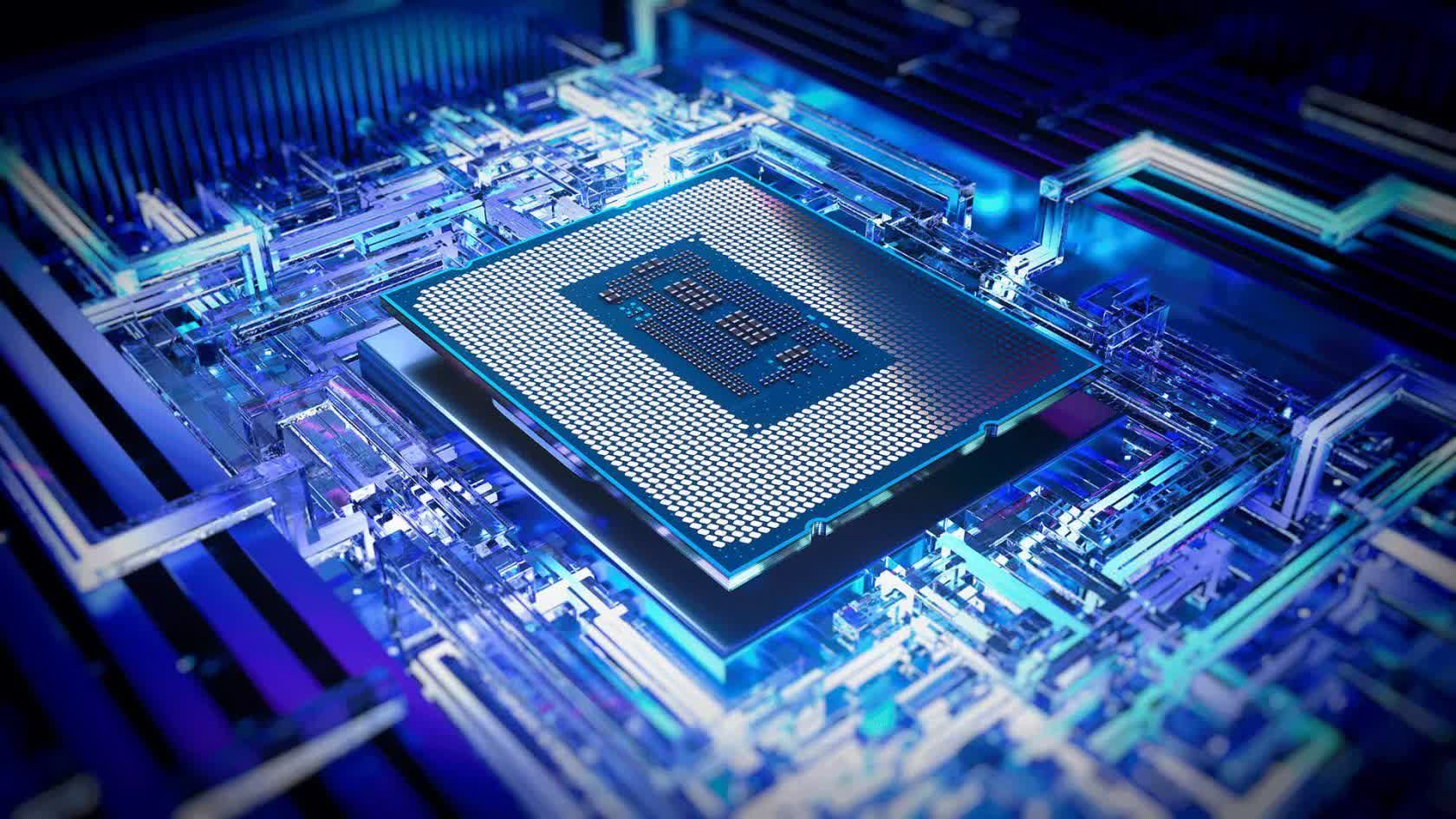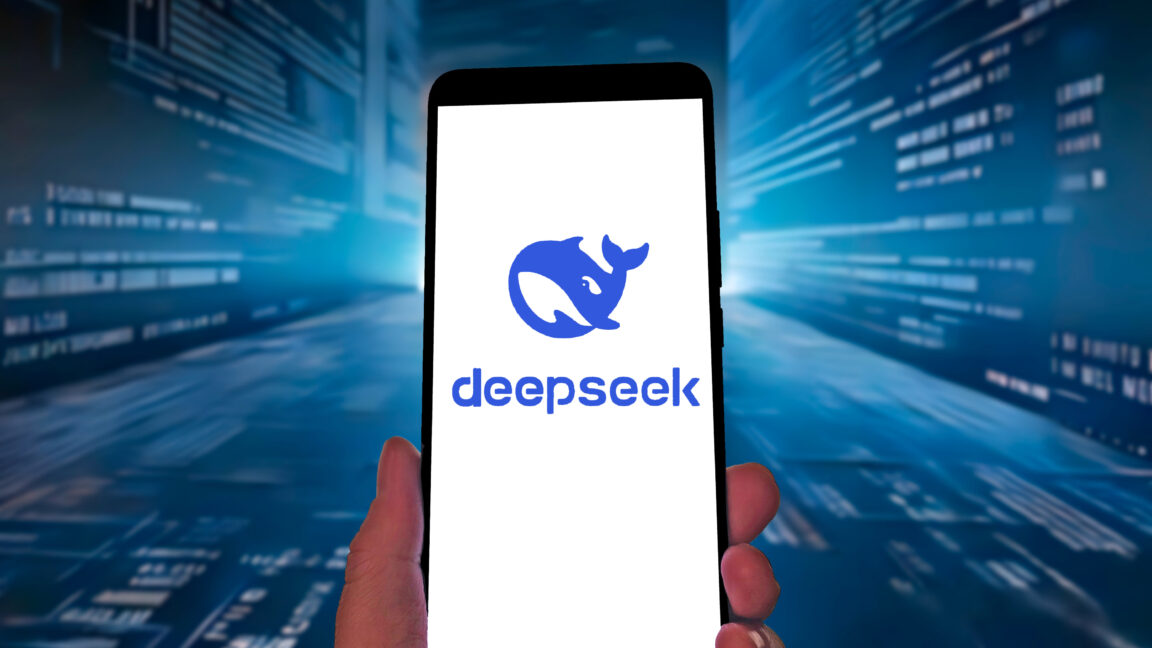arstechnica.com
GOT HTTPS? DeepSeek iOS app sends data unencrypted to ByteDance-controlled servers Apple's defenses that protect data from being sent in the clear are globally disabled. Dan Goodin Feb 6, 2025 5:06 pm | 5 Credit: Getty Images Credit: Getty Images Story textSizeSmallStandardLargeWidth *StandardWideLinksStandardOrange* Subscribers only Learn moreA little over two weeks ago, a largely unknown China-based company named DeepSeek stunned the AI world with the release of an open source AI chatbot that had simulated reasoning capabilities that were largely on par with those from market leader OpenAI. Within days, the DeepSeek AI assistant app climbed to the top of the iPhone App Store's "Free Apps" category, overtaking ChatGPT.On Thursday, mobile security company NowSecure reported that the app sends sensitive data over unencrypted channels, making the data readable to anyone who can monitor the traffic. More sophisticated attackers could also tamper with the data while it's in transit. Apple strongly encourages iPhone and iPad developers to enforce encryption of data sent over the wire using ATS (App Transport Security). For unknown reasons, that protection is globally disabled in the app, NowSecure said.Basic security protections MIAWhats more, the data is sent to servers that are controlled by ByteDance, the Chinese company that owns TikTok. While some of that data is properly encrypted using transport layer security, once it's decrypted on the ByteDance-controlled servers, it can be cross-referenced with user data collected elsewhere to identify specific users and potentially track queries and other usage.More technically, the DeepSeek AI chatbot uses an open weights simulated reasoning model. Its performance is largely comparable with OpenAI's o1 simulated reasoning (SR) model on several math and coding benchmarks. The feat, which largely took AI industry watchers by surprise, was all the more stunning because DeepSeek reported spending only a small fraction on it compared with the amount OpenAI spent.A NowSecure audit of the app has found other behaviors that researchers found potentially concerning. For instance, the app uses a symmetric encryption scheme known as 3DES or triple DES. The scheme was deprecated by NIST following research in 2016 that showed it could be broken in practical attacks to decrypt web and VPN traffic. Another concern is that the symmetric keys, which are identical for every iOS user, are hardcoded into the app and stored on the device.The app is not equipped or willing to provide basic security protections of your data and identity, NowSecure co-founder Andrew Hoog told Ars. There are fundamental security practices that are not being observed, either intentionally or unintentionally. In the end, it puts your and your companys data and identity at risk.Hoog said the audit is not yet complete, so there are many questions and details left unanswered or unclear. He said the findings were concerning enough that NowSecure wanted to disclose what is currently known without delay.In a report, he wrote:NowSecure recommends that organizations remove the DeepSeek iOS mobile app from their environment (managed and BYOD deployments) due to privacy and security risks, such as:Privacy issues due to insecure data transmissionVulnerability issues due to hardcoded keysData sharing with third parties such as ByteDanceData analysis and storage in ChinaHoog added that the DeepSeek app for Android is even less secure than its iOS counterpart and should also be removed.Representatives for both DeepSeek and Apple didnt respond to an email seeking comment.Data sent entirely in the clear occurs during the initial registration of the app, including:organization idthe version of the software development kit used to create the appuser OS versionlanguage selected in the configurationApple strongly encourages developers to implement APS to ensure the apps they submit don't transmit any data insecurely over HTTP channels. For reasons that Apple hasn't explained publicly, Hoog said, this protection isn't mandatory. DeepSeek has yet to explain why APS is globally disabled in the app or why it uses no encryption when sending this information over the wire.This data, along with a mix of other encrypted information, is sent to DeepSeek over infrastructure provided by Volcengine a cloud platform developed by ByteDance. While the IP address the app connects to geo-locates to the US and is owned by US-based telecom Level 3 Communications, the DeepSeek privacy policy makes clear that the company "store[s] the data we collect in secure servers located in the People's Republic of China." The policy further states that DeepSeek:may access, preserve, and share the information described in "What Information We Collect" with law enforcement agencies, public authorities, copyright holders, or other third parties if we have good faith belief that it is necessary to: comply with applicable law, legal process or government requests, as consistent with internationally recognised standards.NowSecure still doesn't know precisely the purpose of the app's use of 3DES encryption functions. The fact that the key is hardcoded into the app, however, is a major security failure that's been recognized for more than a decade when building encryption into software.The NowSecure report comes a week after research from security firm Wiz uncovered a publicly accessible, fully controllable database belonging to DeepSeek. It contained more than 1 million instances of "chat history, backend data, and sensitive information, including log streams, API secrets, and operational details," Wiz reported. An open web interface also allowed for full database control and privilege escalation, with internal API endpoints and keys available through the interface and common URL parameters.On Thursday, US lawmakers began pushing to immediately ban DeepSeek from all government devices, citing national security concerns that the Chinese Communist Party may have built a backdoor into the service to access Americans' sensitive private data. If passed, DeepSeek could be banned within 60 days.Dan GoodinSenior Security EditorDan GoodinSenior Security Editor Dan Goodin is Senior Security Editor at Ars Technica, where he oversees coverage of malware, computer espionage, botnets, hardware hacking, encryption, and passwords. In his spare time, he enjoys gardening, cooking, and following the independent music scene. Dan is based in San Francisco. Follow him at here on Mastodon and here on Bluesky. Contact him on Signal at DanArs.82. 5 Comments










